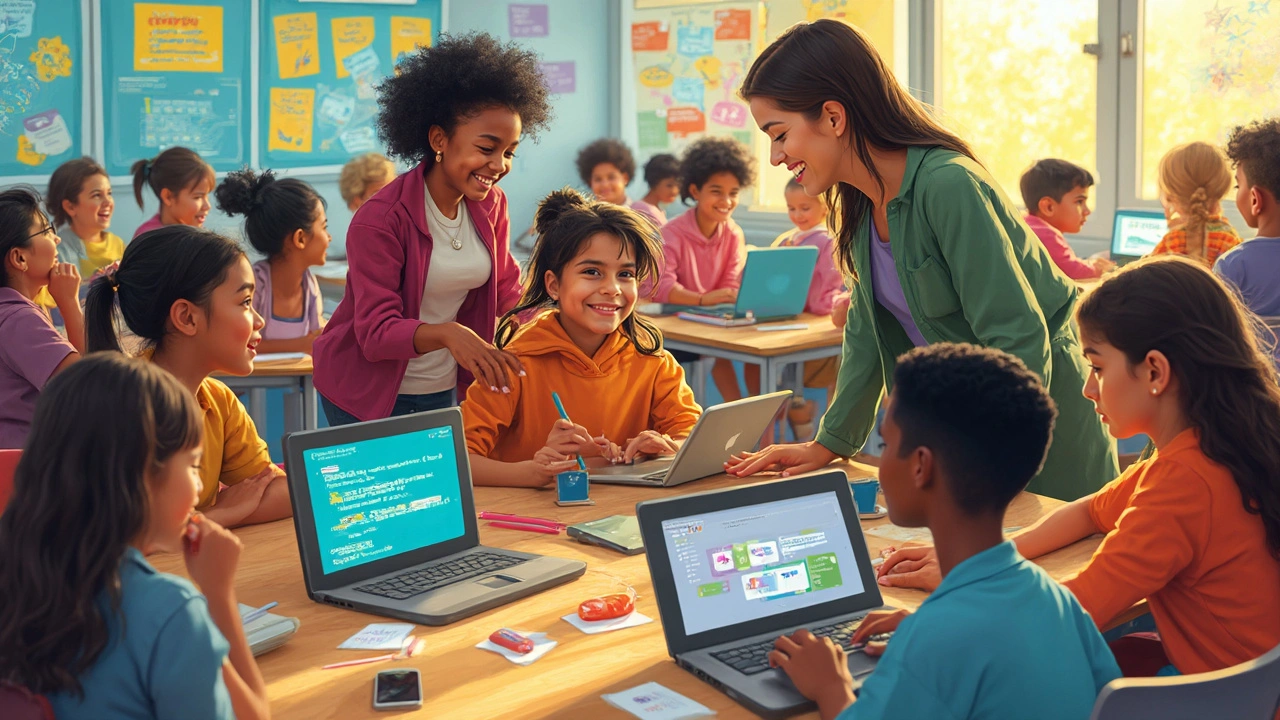Digital Literacy: Your First Step Toward Tech Confidence
Ever feel left out when someone talks about AI or code? You’re not alone. Digital literacy is simply knowing how to use technology safely and effectively. It’s the foundation for everything from answering emails to building a simple app. Below you’ll get clear steps to level up without drowning in jargon.
Start Small: Everyday Tools That Build Skills
Begin with the apps you already have. Explore your phone’s file manager, set up two‑factor authentication, and learn basic shortcuts for copy‑paste or screenshot. When you’re comfortable, try a free online course that teaches Python basics—many sites let you write code right in the browser. A short ten‑minute practice each day adds up fast.
Next, tackle a simple project. For example, automate a daily task with a free tool like Zapier or IFTTT. Connect your email to a spreadsheet so every new message is logged automatically. You’ll see how a few clicks can replace repetitive work, and you’ll get a taste of the logic behind automation.
Dig Deeper: Coding, AI, and Real‑World Applications
If you’re ready for more, pick a beginner‑friendly programming guide. A step‑by‑step article on “How to Become a Skilled Programmer” can show you how to set up a development environment, write your first function, and debug simple errors. Remember, the goal isn’t to become a senior developer overnight—just to understand what code looks like and how it runs.
Once you’ve written a few lines, explore AI basics. A practical piece called “Coding for AI: Why Learning It Now Sets You Ahead” explains why Python is the go‑to language for machine learning and which libraries to try first. Try running a tiny script that classifies text or predicts a number; seeing results instantly reinforces the concepts.
Finally, blend what you’ve learned with personal projects. Build a small chatbot to answer common questions about your hobby, or create a data‑visualization of your monthly expenses. These hands‑on experiences cement knowledge and make your new skills visible on a résumé or LinkedIn profile.
Remember, digital literacy isn’t a one‑time checklist. It’s a habit of staying curious, trying new tools, and fixing what breaks. Set a weekly goal—like learning one new shortcut or completing a short tutorial. Over time, those tiny wins turn into real confidence, and you’ll find yourself joining tech conversations instead of watching from the sidelines.

Coding Skills: Fueling the Future of Young Innovators
Today's kids aren't just using technology—they're shaping it. Coding is more than a tech trend; it's giving young people real tools to solve problems, build careers, and express themselves. This article explores how learning to code is transforming the lives of the next generation, breaking down barriers, and opening doors in unexpected ways. You'll also find tips to get started and ways parents can support kids without a computer science degree. It's all about making coding practical, useful, and fun.